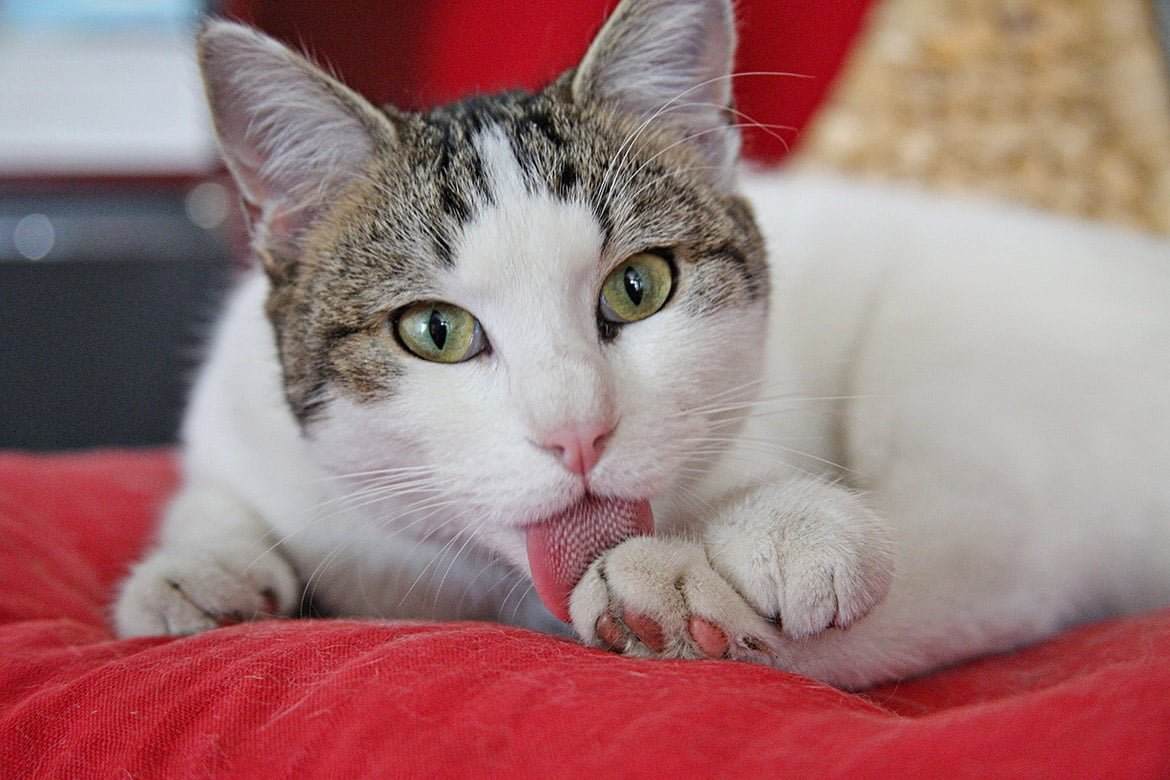Training your cat to use the toilet can be one of the most rewarding challenges for pet owners. Imagine the convenience of not having to deal with litter boxes! While it may seem daunting, with patience and the right approach, you can successfully transition your feline friend to the toilet. This article provides a comprehensive guide on how to train your cat to use the toilet, along with essential tips for success.
Understanding Your Cat’s Behavior
Before diving into the training process, it’s crucial to understand your cat’s natural behaviors and instincts. Cats are creatures of habit, and they often prefer consistency and comfort in their surroundings. They instinctively bury their waste, which is why litter boxes appeal to them. Transitioning to a toilet requires careful consideration of your cat’s needs.
The Benefits of Toilet Training
Toilet training offers several advantages:
- Reduced Odor: A toilet eliminates the smells associated with litter boxes.
- Less Mess: No more litter scattered around your home.
- Convenience: No need to clean a litter box daily.
- Environmental Impact: Decreases the amount of cat litter that ends up in landfills.
Preparing for Toilet Training
1. Assess Your Cat’s Readiness
Not all cats are suitable candidates for toilet training. Kittens are generally easier to train than older cats. However, your cat should be at least six months old, healthy, and accustomed to using a litter box. Pay attention to their behavior; if your cat shows signs of stress or reluctance, it may not be the right time.
2. Gather Your Supplies
Toilet training requires a few essential items:
- Toilet Training Kit: These kits usually include a specially designed seat that fits over your toilet and a training guide.
- Litter: Use the same type of litter your cat is accustomed to.
- Treats: Reward your cat with treats for positive reinforcement.
Step-by-Step Training Process
Step 1: Transitioning to a Litter Box
Start by placing your cat’s litter box next to the toilet. Gradually elevate the litter box using stacks of newspapers or a small step stool, making sure it’s stable. Over the course of several days, raise the box until it is level with the toilet seat. This helps your cat adjust to the height.
Step 2: Introducing the Toilet Training Seat
Once your cat is comfortable using the elevated litter box, it’s time to introduce the toilet training seat. Replace the litter box with the training seat, filled with a small amount of litter. Allow your cat to explore the new setup, ensuring they feel comfortable.
Step 3: Gradual Reduction of Litter
Over the next few weeks, gradually reduce the amount of litter in the training seat. This will help your cat adjust to the sensation of using the toilet without litter. Monitor your cat’s behavior, and if they seem hesitant, revert to a slightly deeper layer of litter for a few days before trying again.
Step 4: Removing the Litter
Once your cat is accustomed to using the training seat with minimal litter, it’s time to remove it entirely. Allow your cat to use the toilet without any litter. This step may require some additional patience, as it can be a significant adjustment for your cat.
Step 5: Finalizing the Training
As your cat successfully uses the toilet, continue to reward them with treats and praise. Gradually lower the training seat until it is level with the toilet seat, if applicable. Eventually, you will be ready to remove the training seat altogether. Your cat should feel confident using the toilet independently.
Troubleshooting Common Issues
Reluctance to Use the Toilet
If your cat resists using the toilet at any stage, avoid forcing them. Return to the previous step where they felt comfortable and try again after a few days.
Accidents Outside the Toilet
Accidents can happen, especially during the transition. Clean any messes thoroughly to eliminate odors that may attract your cat back to the same spot. If accidents persist, consider consulting with a veterinarian to rule out any underlying health issues.
Maintaining a Positive Experience
Throughout the training process, maintain a positive and encouraging environment. Stress can hinder your cat’s ability to adapt. Use calming techniques, such as gentle petting and soothing voices, to reassure your cat during training.
Conclusion
Training your cat to use the toilet can be a fulfilling experience for both you and your furry friend. With patience, consistency, and positive reinforcement, you can eliminate the need for a litter box and enjoy the benefits of a cleaner home. Remember that every cat is unique, so be prepared to customize your approach based on your cat’s individual personality and needs. By following these steps and maintaining a supportive environment, you can successfully guide your cat through this transition and enjoy a new level of convenience in pet ownership.


3 comments
Et harum quidem rerum facilis est et expedita distinctio. Nam libero tempore, cum soluta nobis est eligendi optio cumque nihil impedit quo minus id quod maxime placeat facere.
Quis autem vel eum iure reprehenderit qui in ea voluptate velit esse quam nihil.
Neque porro quisquam est, qui dolorem ipsum quia dolor sit amet, consectetur, adipisci velit, sed quia non numquam eius modi tempora incidunt ut labore.